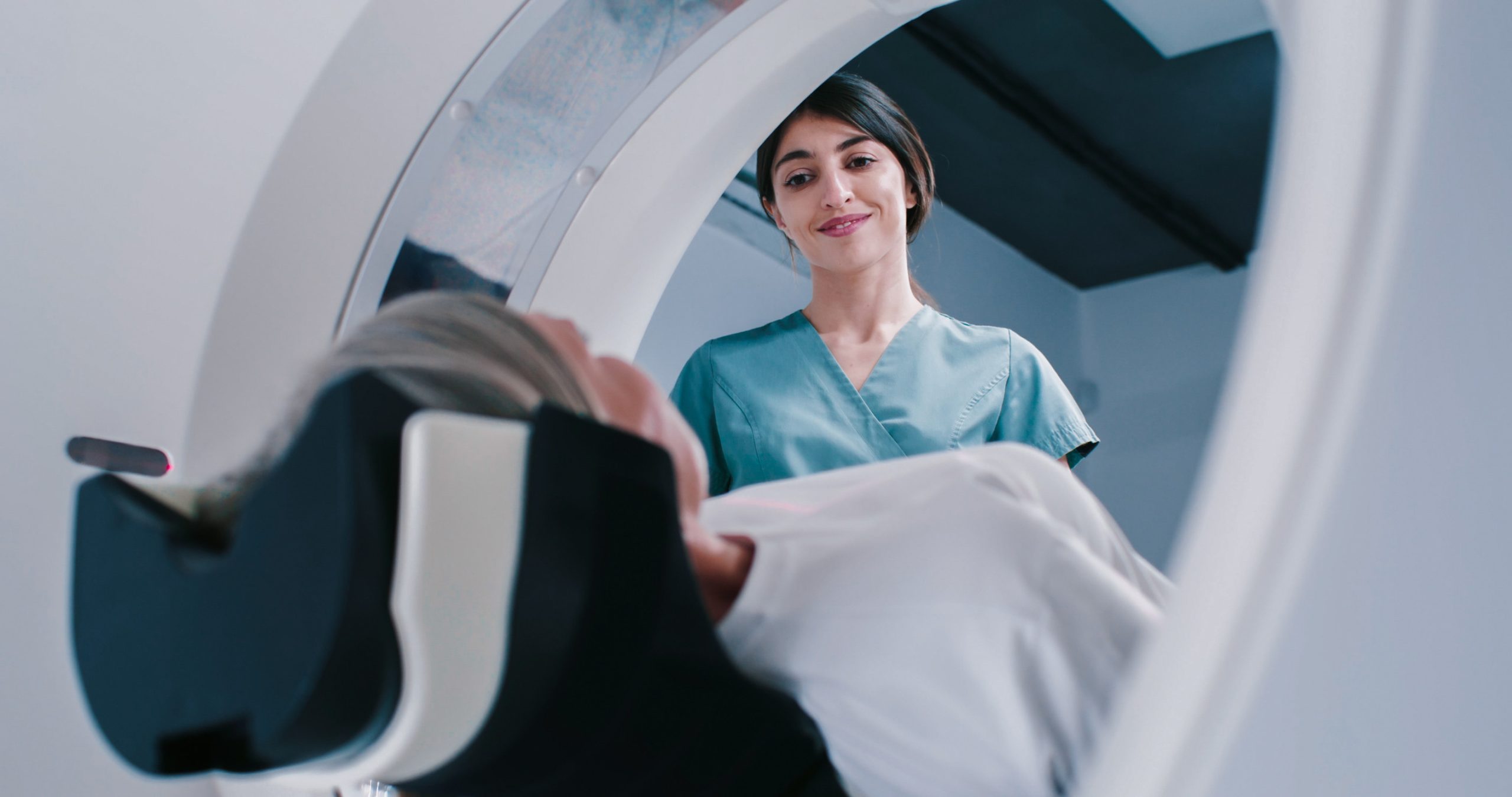When it comes to health, many people are quick to sign up for the latest tests that promise early detection, peace of mind, or even longevity. But not every test is as useful—or harmless-as it’s made out to be. In fact, some routine screenings and popular procedures are not only unnecessary for many people but can also lead to anxiety, false alarms, and even dangerous interventions.
Overdiagnosis and overtreatment are becoming increasingly recognized as public health concerns, especially in an age where technology offers more data than the body actually needs. It’s time to take a closer look at medical tests that may be doing more harm than good.
Full-Body CT Scans
The promise of a full-body CT scan sounds tempting—scan everything, find anything early, and stay ahead of disease. But the reality is that these scans often detect benign anomalies that would never cause harm. This leads to unnecessary biopsies, follow-up imaging, and even surgeries that carry their own risks. On top of that, the radiation exposure from a full-body scan is significant, potentially increasing cancer risk over time. Most medical experts agree that unless a person has symptoms or specific risk factors, a full-body CT scan is more harm than help.
PSA Testing for Prostate Cancer
PSA testing was once hailed as a lifesaver for prostate cancer, but growing evidence reveals it’s not always the silver bullet it claims to be. Elevated PSA levels can result from non-cancerous conditions like infections or an enlarged prostate, leading to a flood of false positives. These false alarms often push men toward painful biopsies or aggressive treatments that can cause incontinence and impotence. For many, the cancer detected is so slow-growing that it would never become life-threatening. Doctors now recommend a more individualized approach rather than blanket screening for all men over 50.
Mammograms for Women Under 40
Routine mammograms are crucial for early breast cancer detection in older women, but offering them to women under 40 without risk factors is controversial. Younger women often have denser breast tissue, making mammograms less accurate and more likely to yield false positives. These false positives trigger anxiety and further invasive procedures like biopsies, which may not have been necessary. In some cases, overtreatment follows, including surgery and radiation for cancers that might never have spread. Most guidelines suggest waiting until at least age 40 unless there’s a strong family history.
Coronary Calcium Scans in Low-Risk Patients
A coronary calcium scan sounds like a smart way to get ahead of heart disease, but it’s not always useful for people without symptoms or risk factors. These scans measure the amount of calcium in the arteries, which can suggest early heart disease, but they don’t accurately predict heart attacks. For low-risk individuals, the scan might pick up minor buildup that leads to overreaction or unnecessary prescriptions. Plus, like other CT-based tests, it involves radiation exposure. For people without high cholesterol, a smoking history, or other heart disease markers, lifestyle changes may be a better investment.
Annual Physicals with Extensive Lab Work
Annual physicals are deeply ingrained in health culture, but the idea that everyone needs one with a full panel of blood tests isn’t backed by strong science. In healthy individuals, extensive lab work often reveals minor abnormalities that aren’t medically significant. These can spiral into more testing, specialist visits, and even unnecessary treatments. There’s a growing shift among physicians toward personalized care, where tests are based on individual risk and symptoms. A targeted, thoughtful approach may yield better results than a yearly catch-all exam.
Thyroid Testing in Asymptomatic Individuals
Thyroid dysfunction can cause a range of health issues, but widespread screening of people without symptoms isn’t always beneficial. Slight deviations in thyroid hormone levels often normalize without intervention and don’t always indicate a need for medication.
When doctors act on these mild abnormalities, patients may end up on lifelong treatments they don’t truly need. Overdiagnosis can turn healthy individuals into chronic patients. Most guidelines recommend thyroid testing only when there are specific symptoms or a family history.
Genetic Testing for Health Risks
With the rise of consumer DNA tests, many people are tempted to dive into their genetic risks for various diseases. While this can offer some insight, the results often come with confusion and unnecessary fear. Most people don’t realize that having a gene doesn’t mean they’ll develop the condition—it just means there might be an increased risk. Acting on this information without professional interpretation can lead to unnecessary surveillance, lifestyle changes, or even preventative surgeries. Genetic testing should be guided by a medical provider and used selectively, not impulsively.
X-Rays for Lower Back Pain
Lower back pain is one of the most common reasons people visit a doctor, and X-rays are often ordered out of habit rather than necessity. Back pain is usually caused by muscle strain or soft tissue issues that X-rays can’t even detect. What they often do show are incidental findings like degenerative disc changes that are normal with age, which can alarm patients unnecessarily. This can snowball into MRIs, physical therapy, or even surgery that may not address the true source of discomfort. Guidelines suggest waiting before imaging unless there are red flags like numbness, trauma, or signs of serious disease.
Bone Density Tests for Younger Women
Bone density testing is critical for older adults at risk for osteoporosis, but younger women often receive these tests without clear indications. In this age group, abnormal results rarely lead to meaningful interventions and may simply generate anxiety. Moreover, false positives can lead to overuse of medications like bisphosphonates, which have serious long-term side effects. Most professional organizations advise against bone density screening in premenopausal women unless they have specific risk factors. A balanced diet and weight-bearing exercise may do more for bone health than early testing.
Routine EKGs in Healthy Adults
An electrocardiogram (EKG) can reveal valuable information about heart rhythm, but it’s not helpful for everyone. A routine EKG can detect harmless abnormalities in people without symptoms or risk factors that lead to unnecessary stress or procedures. These tests are often ordered during annual checkups despite guidelines advising against it. The downstream effects can include more tests, hospital visits, or even treatments that pose greater risks than benefits. Unless there’s chest pain, shortness of breath, or a family history of heart problems, routine EKGs are usually unnecessary.
A Smarter Approach to Testing
Many medical tests have their place—especially when they’re used appropriately based on symptoms, history, or risk. But testing for the sake of testing can lead to a cascade of unintended consequences, from emotional distress to invasive interventions. It’s important to weigh the benefits and risks before agreeing to any medical procedure, no matter how routine it may seem. Informed conversations with healthcare providers are key to avoiding unnecessary harm in the name of early detection.
What are your thoughts on these tests? Have you experienced any of them firsthand or been advised to skip one? Add a comment and join the conversation—your insight could help others make more informed health decisions.
Read More
7 Medical Procedures That Carry Higher Risks Than You’re Told
Tech Meets Medicine: Innovations in Health Technology That Empower Women


